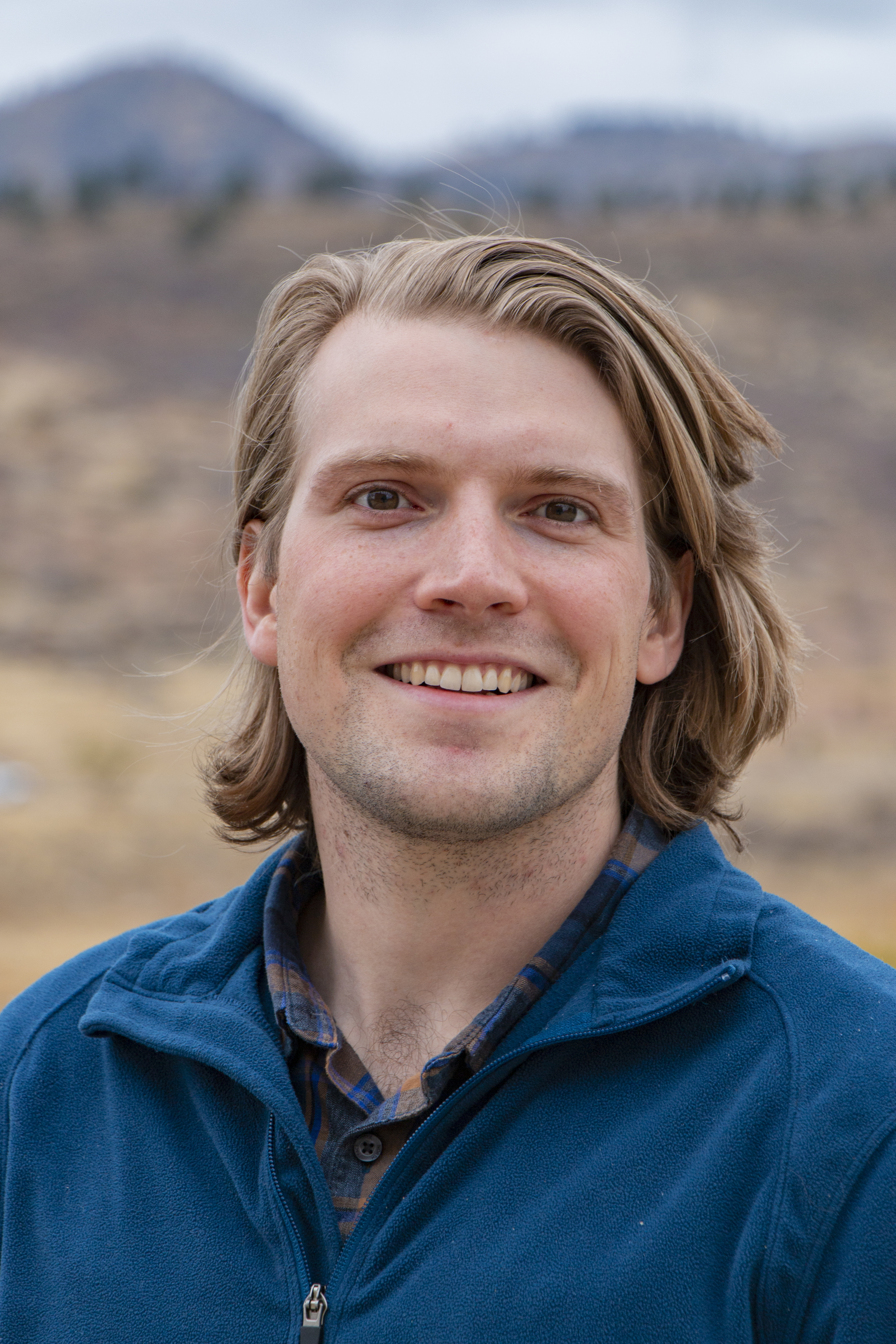Our Team
The Tropical Cyclone Analysis Project team is comprised of researchers from the National Center for Atmospheric Research (NCAR), Colorado State University (CSU), and the University of Miami (UM).
Project Lead and Principal Investigator
Jonathan L. Vigh
Dr. Jonathan Vigh (Project Scientist II, Research Applications Laboratory at the National Center for Atmospheric Research) works at the intersection of atmospheric science, data science, and weather/climate risk. Dr. Vigh has expertise in tropical meteorology and tropical cyclone dynamics. Dr. Vigh has studied the problem of eye formation in hurricanes to learn how the eye/eyewall structure impacts the subsequent intensification of the storm. Dr. Vigh has also done extensive work to construct aircraft-based data sets and a historical database to further investigate structure and intensity changes in tropical cyclones, with a particular focus on the radius of maximum winds (RMW). Dr. Vigh is the lead developer of the Tropical Cyclone Guidance Project (TCGP) and the Climate Risk Management engine (CRMe). Besides this project, Dr. Vigh is also the Principal Investigator of the Hurricane Risk Calculator project.
Insitutional Principal Investigators
Professor Michael M. Bell
Dr. Jun A. Zhang
Co-Principal Investigators
Dr. Eric A. Hendricks
Dr. Christopher M. Rozoff
Project Collaborators
Dr. Jennifer C. DeHart
Graduate Students
Alex J. DesRosiers

Alex DesRosiers is a Ph.D. candidate at Colorado State University. Born and raised in Florida, Alex gained a childhood interest in the tropical cyclones which often threatened the state. Alex obtained a Bachelor’s Degree in Environmental Engineering at the University of Florida and a Master’s Degree from Colorado State University in Atmospheric Science. His current research aims to identify internal mechanisms driving rapid intensification in tropical cyclones observed with NOAA Hurricane Hunter Aircraft. His research interests and projects also include using machine learning techniques to quality control airborne radar data as well as working with instrumentation aboard research aircraft. The end goal of Alex’s work thus far is to provide a better understanding of how rapid intensity changes occur in order to improve future forecasting efforts.


